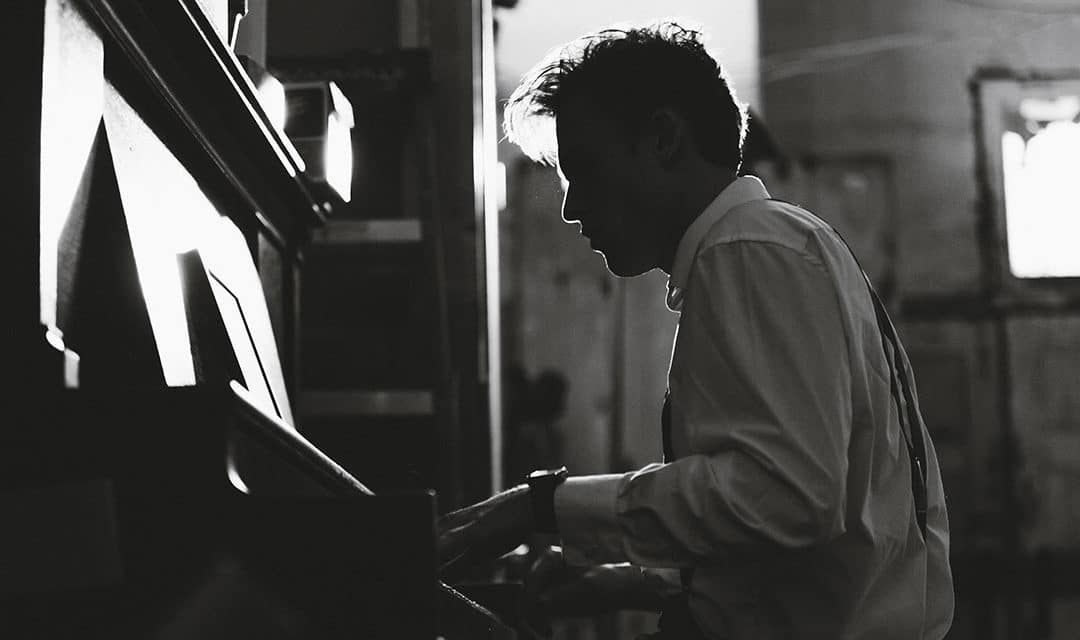After you have established where the piano should live in your house you should start thinking about how to coexist with it.
No doubt you would spend hours sitting in front of it, in rain, in sun and in snow. It is going to be tired of you playing with wrong notes, awful technique and tedious sound, and you are going to be tired of it “not responding” to your amazing musical ideas; until one day, that is. So, we need to find the best possible position for you to sit in front of it. The sitting position.
The reason why we need to address the right sitting position and the correct posture is because this will enable us to have longer and tireless hours of playing. Now, every human body in the world is unique, so it is extremely difficult and unsafe to proclaim for you in a website your own sitting position. This should be discussed in detail with your experienced piano instructor. Your instructor will judge by considering your height the length of your arms and the particular stool you are using, the position that you need to adopt while practising. If your body is still growing, the position must be changed again in the future. Many musicians have tried to manifest a way that should be adopted by most pianists when sitting on the piano. However, as you understood from the statements above it is very difficult to advice on that, since this could be very risky and unnecessary.
However, as a completely general guideline try the following: Obviously the sitting position should be as “natural” as possible. (There are various methods on teaching you how to sit properly, such as the Alexander technique. Try and see if that fits your style). Always remember, you are performing music; you are not digging in a mine to find gold. Therefore, in reality, the human body itself dictates its preferred position. Naturally, it should be as relaxed as possible.
Just do the logical thing: Sit up straight. (This sounds normal, doesn’t it?) Lean forward, but not too much. Your arms need to be as tranquil as possible too; for obvious reasons: the more relaxed your arms are, the less tired they will become after a long practising session. Do not sit too closely to the piano, as you would not sit too closely to a dinner table. Give some space to yourself from the piano. Your arms should fall freely in either side of your shoulders. Place you feet firmly on the ground, with your right foot slightly closer to the sustain pedal.
Just some general guidelines, but as I said above consult your teacher for more information, since you have a unique body structure from everybody else.


